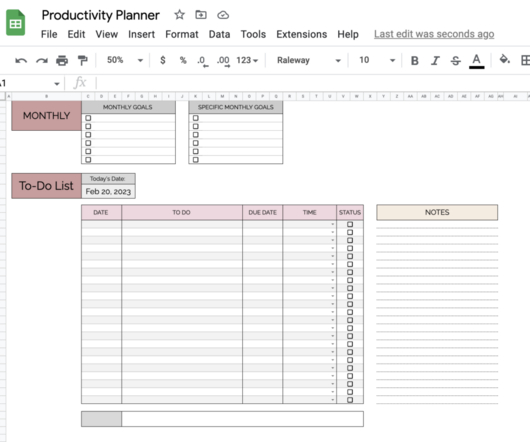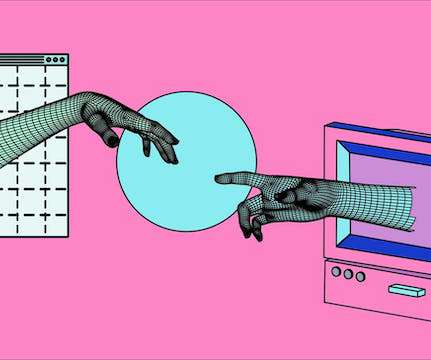Friday 5: K-12 computer science trends
eSchool News
MARCH 1, 2024
Computer science practices offer simple opportunities to differentiate instruction–edtech can make these concepts even more accessible to students. Here are some of those topics and the edtech tools I use to make these concepts even more accessible to students. What are computer science practices?






















Let's personalize your content